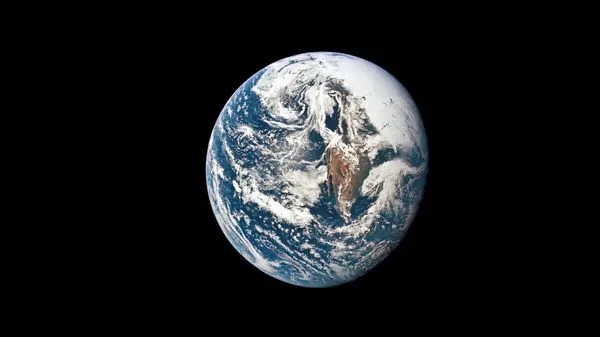
Earth: Our Ultimate Spaceship—Here's What You Need to Know
2024-10-06
Spaceship Earth: Our Closed-Loop System
The concept of a closed-loop system is crucial both in outer space and on Earth. On space stations and future lunar or Martian bases, resources must be recycled to ensure survival. Astronauts rely on a delicate balance of air, food, and water, and a single misstep can disrupt the entire system. While some supplies can be replenished from Earth, our planet operates as a fully closed-loop system where resources are finite.
The Club of Rome, in its 1973 report "Limits to Growth," warned that our planet is reaching its carrying capacity, leading to overconsumption of resources and environmental degradation. With climate change causing increasingly severe weather patterns, we find ourselves at that critical juncture.
The Lessons from Space
Recent research by the German Aerospace Center highlights how technologies designed for closed-loop systems in space can be adapted for Earth. Success on this planet will hinge on four key principles, shared with astronauts in out-of-this-world habitats:
1. Resource Cultivation: Agriculture, energy production, and other resource management must be treated as finite, ensuring sustainable practices that do not lead to exploitation.
2. Recycling: Just as waste can diminish a habitat in space, unsustainable practices can threaten Earth's environment. Effective recycling systems can minimize pollution and preserve resources.
3. Self-sufficiency: Communities must strive to produce what they need locally, reducing dependence on long-distance transportation, which adds to carbon emissions.
4. Resilience: A closed-loop system must support diverse forms of life, and degrading that system through overconsumption threatens its longevity.
With almost four billion years of supporting life, Earth is resilient, but human actions driven by overconsumption are testing its limits.
Technological Innovations That Benefit Earth
Many technologies honed in space are now making a significant impact on how we live sustainably on our planet. Solar panels, for example, were initially developed for space missions, but today they contribute to over 5.5% of global electricity, offering a cleaner alternative to fossil fuels and nuclear energy.
Meanwhile, astronauts have been growing crops aboard the ISS, a technique that has inspired urban agriculture through vertical farming. These systems utilize LED lights, water recycling, and efficient land use, reducing the carbon footprint of food production.
Water Recycling: A Vital Component
Water management is critical in space, where transporting water is prohibitively expensive. The ISS recycles all its water, including wastewater through advanced filtration systems. On Earth, NASA's technology is now being used to create portable water filtration systems for communities facing water scarcity.
Carbon Management: A New Frontier
Carbon dioxide levels in the ISS are monitored and controlled, with systems designed to recycle CO2 back into oxygen. Adaptations utilizing zeolite technology from space exploration are being considered for reducing atmospheric CO2 on Earth. This could significantly contribute to climate change mitigation by capturing emissions from industrial processes, though it cannot entirely eliminate the threat of global warming.
The Collective Responsibility of Humanity
While space exploration often faces criticism for being an extravagant use of resources, the innovations born out of these ventures could play a crucial role in ensuring a balanced, sustainable future for Earth. Although rocket launches can be carbon-intensive, leveraging space technology the right way could help us foster a greener planet.
Ultimately, we must recognize that Earth is our greatest spaceship—a complex, interdependent system that requires our attention and care. As we gaze into the stars, let's remember the extraordinary potential of applying lessons learned in space to create a sustainable future right here at home.


 Brasil (PT)
Brasil (PT)
 Canada (EN)
Canada (EN)
 Chile (ES)
Chile (ES)
 España (ES)
España (ES)
 France (FR)
France (FR)
 Hong Kong (EN)
Hong Kong (EN)
 Italia (IT)
Italia (IT)
 日本 (JA)
日本 (JA)
 Magyarország (HU)
Magyarország (HU)
 Norge (NO)
Norge (NO)
 Polska (PL)
Polska (PL)
 Schweiz (DE)
Schweiz (DE)
 Singapore (EN)
Singapore (EN)
 Sverige (SV)
Sverige (SV)
 Suomi (FI)
Suomi (FI)
 Türkiye (TR)
Türkiye (TR)